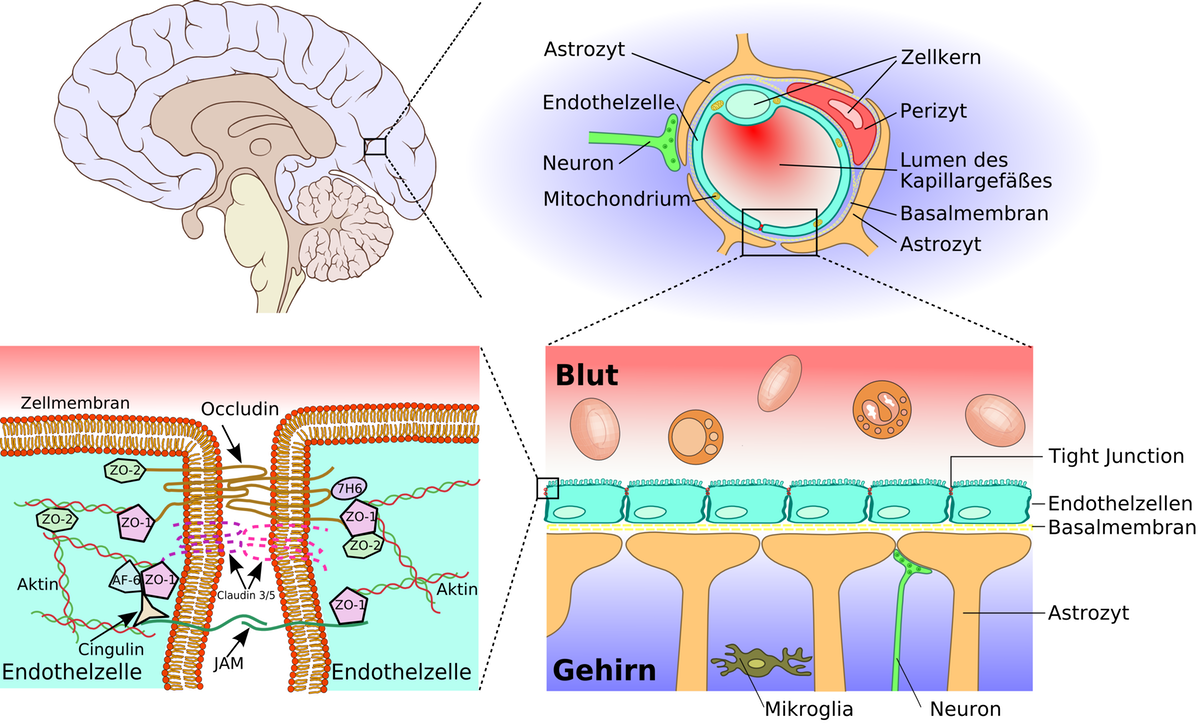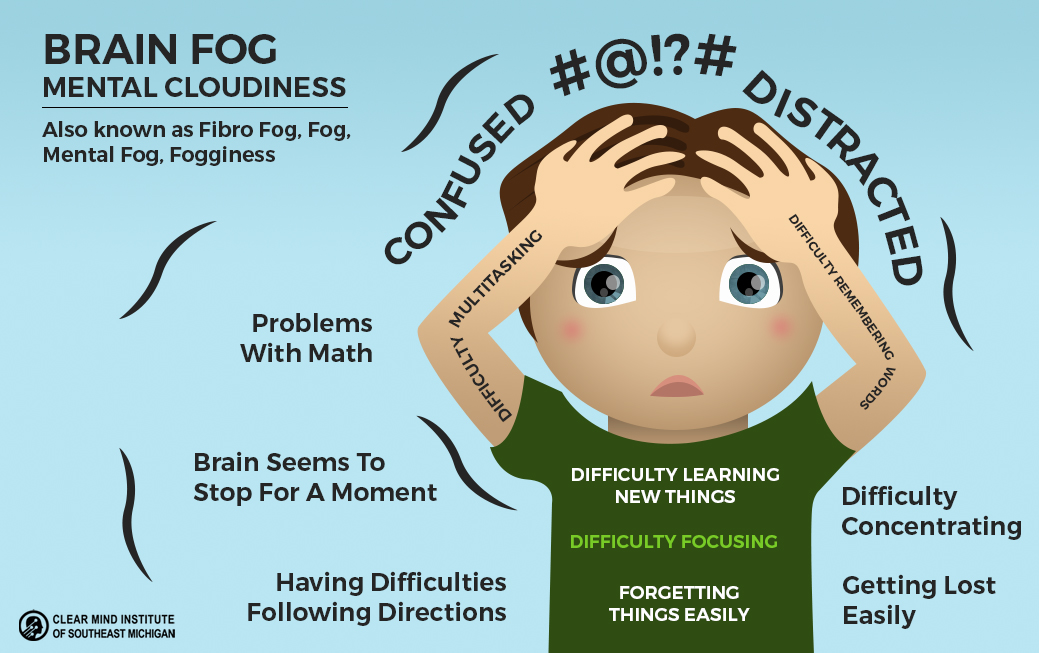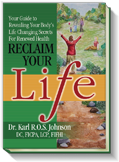Do You Have A Leaky Brain? Perform This Simple Test To Find Out.
You’ve heard of leaky gut, but have you heard of a leaky brain? If you have symptoms of leaky gut or intestinal permeability, you most likely also have a leaky brain, or “blood-brain barrier permeability.” How do you know? You can perform a simple test with store-bought supplements to find out.
The blood-brain barrier is a thin barrier that lines the brain. Its role is to keep out viruses, bacteria, chemicals, heavy metals, and other pathogens, but to allow nano-sized particles in and out as necessary.
Unfortunately, the blood-brain barrier can become leaky just as the gut can. A leaky brain allows harmful pathogens to enter, where they trigger inflammation. This chronic inflammation damages and destroys brain tissue, accelerating brain degeneration.










